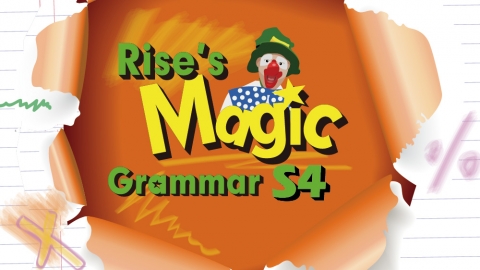ui3whhdjhashkhkahjduiueueidieurijwieuiejwieiwjhdkjhkjjcgfj
ggggg jjjjj jjjjjj ttttthhhhttuyjrjyyyy
v Subject Subject Subject Subject Subject Subject Subject Subject Subject Subject Subject Subject Subject Subject Subject Subject Subject Subject Subject Subject Subject Subject Subject Subject Subject Subject Subject Subject Subject Subject Subject Subject Subject
- Subject Subject Subject Subject Subject Subject Subject Subject Subject Subject Subject Subject Subject Subject Subject Subject Subject Subject Subject Subject Subject Subject Subject Subject Subject Subject Subject Subject Subject Subject Subject Subject Subject Subject Subject Subject Subject Subject Subject Subject Subject Subject Subject Subject Subject Subject Subject Subject Subject Subject Subject Subject Subject Subject Subject Subject Subject Subject Subject Subject Subject Subject Subject Subject Subject Subject Subject Subject Subject Subject Subject Subject Subject Subject Subject Subject Subject Subject Subject Subject Subject Subj Subjectect Subject Subject
The student talks or The students talk
simpie present..................................................................................................................................................................................................................................................................................................................................................................................................................................................................................................................................................................................................................................
A VERB EXPRESSES ACTION OR A
STATE OF BEING .
=TENSE.
TALKS=SINGULAR.
LESSON 2 REGULAR COMPARATIVE FORMS
One.One syllable
e.g.Positive:tall,large,fast
Comparative:-er,-er,-er
Superlative:-est,-est,-est
Two.Two syllables:same as one syllables , y should change to i and add -er/-est
Three.Three or more syllable:-, more -, most -
UNIT 8 LESSON 1 SUBJECT-VERB AGREEMENT 2
One.Subject-verb agreement:the verb should agree in num ber with the subject
Two.Indefinite pronouns
1.Singular
e.g.(1)someone,anyone,everyone,no one,each
(2)-body,-body,-body,nobody,either
(3)-thing,-thing,-thing,nothing,neither
!Always singular
2.Plural
e.g.(1)both,many
(2)few,several
!Always plural
3.singular or plural
e.g.(1)all,some
(2)more,any
(3)most,none
Three.Writing tip
LESSON 3 INTERROGATIVE PRONOUNS
One.Interrogative pronouns
An interrogative pronoun introduces a question
e.g.who,whom,whose,which,what
Two.also can be adjective
Three.Diffrent about who and whom
1.Who:used for subject noun
2.Whom:used for object noun
Four.warning
e.g.Who are you speaking to?
[acceptable in spoken English only]
UNIT 7 LEESON 1 DEMONSTRATIVE PRONOUNS
One.Demonstrative pronouns
Demonstrative pronouns point out a specific person,place,thing,or idea.
e.g.Singular:this,that
Plural:these,those
Two.1.This and these are used for this noun close to the speaker or writer
2.That and those are used for the noun away from the speaker or writer
Three.The demonstrative pronoun also is a demonstrative adjective
e.g.This camera is mine.That campsite is theirs.
UNIT 6 LESSON 1 PERSONAL PRONOUNS
One.Pronouns(I,you,he,she,it,myself,etc.)
Two.Replacing a noun
1.Pronoun:pro+noun(in place of a noun)
Three.Personal pronouns:replaces the name of a person,place,orthing.
1.Subject
(1)Singular:i,you,he,she,it
(2)plural:we,you,they
2.Object
(1)Singuilar:me,you,him,her,it
(2)plural:us,you,them
LESSON 2 POSSESSIVE NOUN
Possessive noun:add an ' and s to show that something belongs to someone
e.g.the garden that belongs to Sally=Sally's garden(use for singular noun)(when is the plural noun,the ' often is after the s like teachers'room,but sometiomes the ' is before the s like children's toys)

